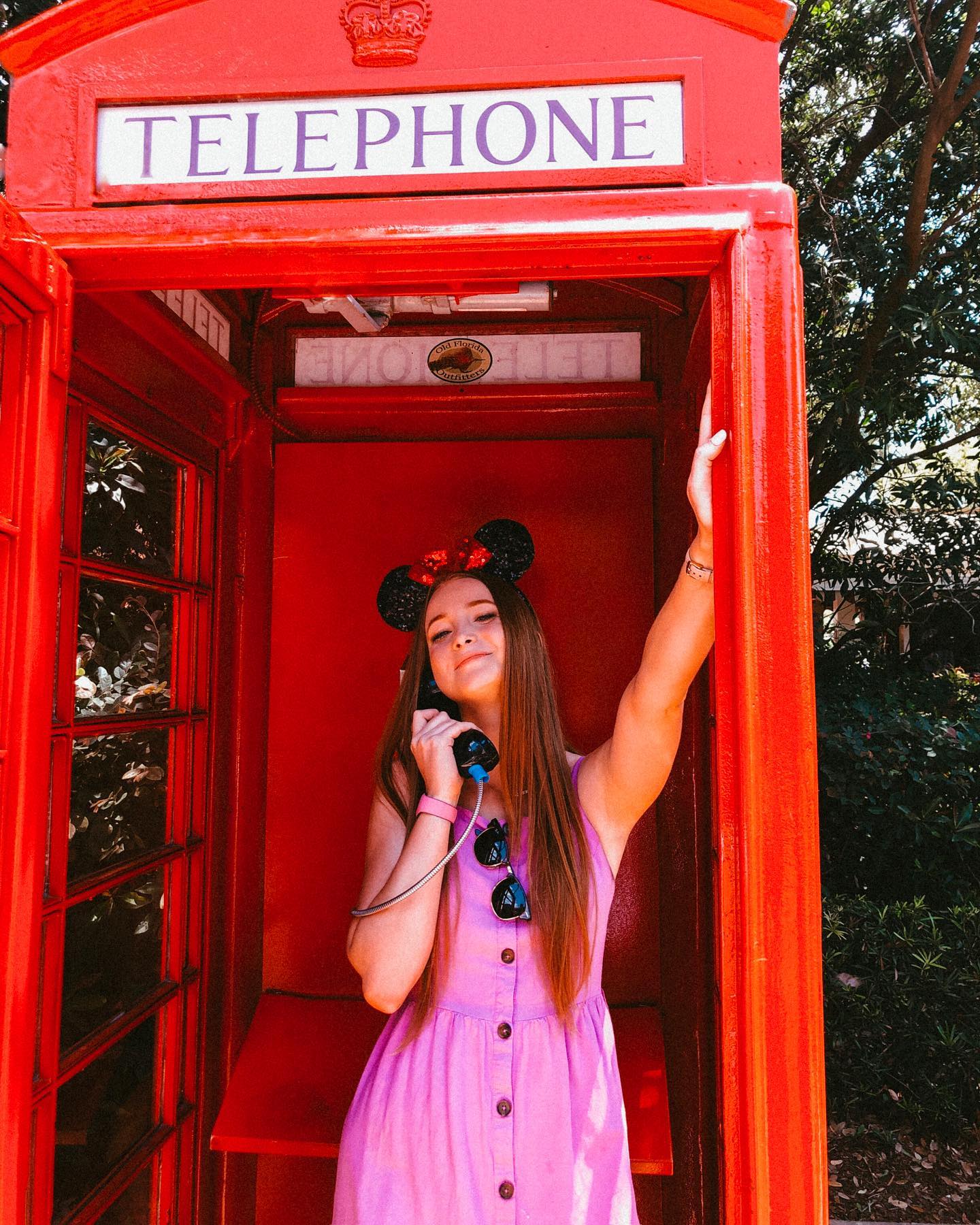
The name might sound morbid, but the principles derived from Swedish Death Cleaning might actually surprise you. If you’re intrigued and want to learn how to declutter your life, then keep reading!
This post contains affiliate links. That means if you click and buy, I may receive a small commission (at zero cost to you). As an Amazon Associate I earn from qualifying purchases. Please see my full disclosure policy for more details.
In our fast-paced world, clutter can accumulate quickly, both in our physical spaces and in our minds. Swedish Death Cleaning, known as “döstädning” in Swedish, offers a unique perspective on decluttering and simplifying your life. It’s not just about tidying up; it’s about making life more manageable and meaningful, both for yourself and for those you leave behind. In this blog post, we’ll delve into the principles of Swedish Death Cleaning and how it can transform the way you think about your possessions and your legacy.
Origins
Swedish Death Cleaning is not a new concept. It was popularized by Margareta Magnusson, a Swedish artist, in her book “The Gentle Art of Swedish Death Cleaning: How to Free Yourself and Your Family from a Lifetime of Clutter.” The idea behind it is to take responsibility for your possessions and reduce the burden on your loved ones when you pass away. It’s a practical and considerate approach to decluttering.
Facing Our Mortality
One of the central tenets of Swedish Death Cleaning is to confront your own mortality. It encourages individuals to ask themselves what they want to leave behind and what truly matters to them. This perspective shift can be a powerful motivator for decluttering. It’s not just about getting rid of stuff; it’s about cherishing what remains.
I had a conversation with my husband about this recently. He’s very sentimental and would keep every pamphlet, ticket stub, and tiny memento if he could. I admire his fondness for our life together and wanting to hold onto the memories, but I shared the principles of Swedish Death Cleaning with him. I urged him to think of our son one day having to go through all of our stuff and the enormous task it would be to go through all of those things. Not only that, but without us explaining what each thing is and why it holds meaning, he wouldn’t even know. Most of the items he was holding onto for sentimental value would likely end up in the donation pile or the landfill.
There are things strewn about in every available drawer, cabinet, and shelf in various rooms in our home. We agreed to create one box for mementos and label it so that it’s clear. I also try to make it a point to write a short line or two on the back of special printed photos, or ticket stubs, or anything else we decide to keep. I myself love looking through our old photo boxes and finding my mom’s handwriting with the date and something special that happened that day on the back of random photos.
The Joy of Minimalism
Minimalism is a key component. By intentionally keeping only what adds value or joy to your life, you can simplify your surroundings and your daily routines. This leads to less stress and more appreciation for the things that truly matter, such as relationships, experiences, and personal growth. It also makes cleaning a heck of a lot easier!
The Process
The process involves going through your belongings and categorizing them into three main groups:
- Keep: These are the items that bring you joy, serve a practical purpose, or hold sentimental value. These are the things worth preserving.
- Give Away or Sell: Items that no longer serve you but could be useful or meaningful to someone else should be shared or sold. It’s a way of passing on happiness to others.
- Throw Away: Items that are no longer useful or meaningful should be discarded. This includes broken or worn-out items that serve no purpose and are just taking up space in your home.
The Benefits
Swedish Death Cleaning offers numerous benefits, both in the present and for the future:
- Reduced stress: A clutter-free environment leads to a more relaxed and peaceful mind.
- Increased focus: With fewer distractions, you can concentrate on what truly matters.
- Easier transitions: Downsizing for retirement or moving to a smaller home becomes less daunting.
- Thoughtful legacy: Your loved ones won’t be burdened with sorting through a lifetime of possessions when you’re gone.
Conclusion:
Swedish Death Cleaning isn’t so much about dwelling on the end of life but embracing the opportunity to simplify and live with intention. By decluttering and curating your possessions, you can create a more meaningful and joyful existence for yourself and leave behind a thoughtful legacy for your loved ones. So, what do you think? Will you implement some of these principles of Swedish Death Cleaning in your life? I would love to hear your thoughts in the comments!
PIN TO PINTEREST TO SAVE FOR LATER!








